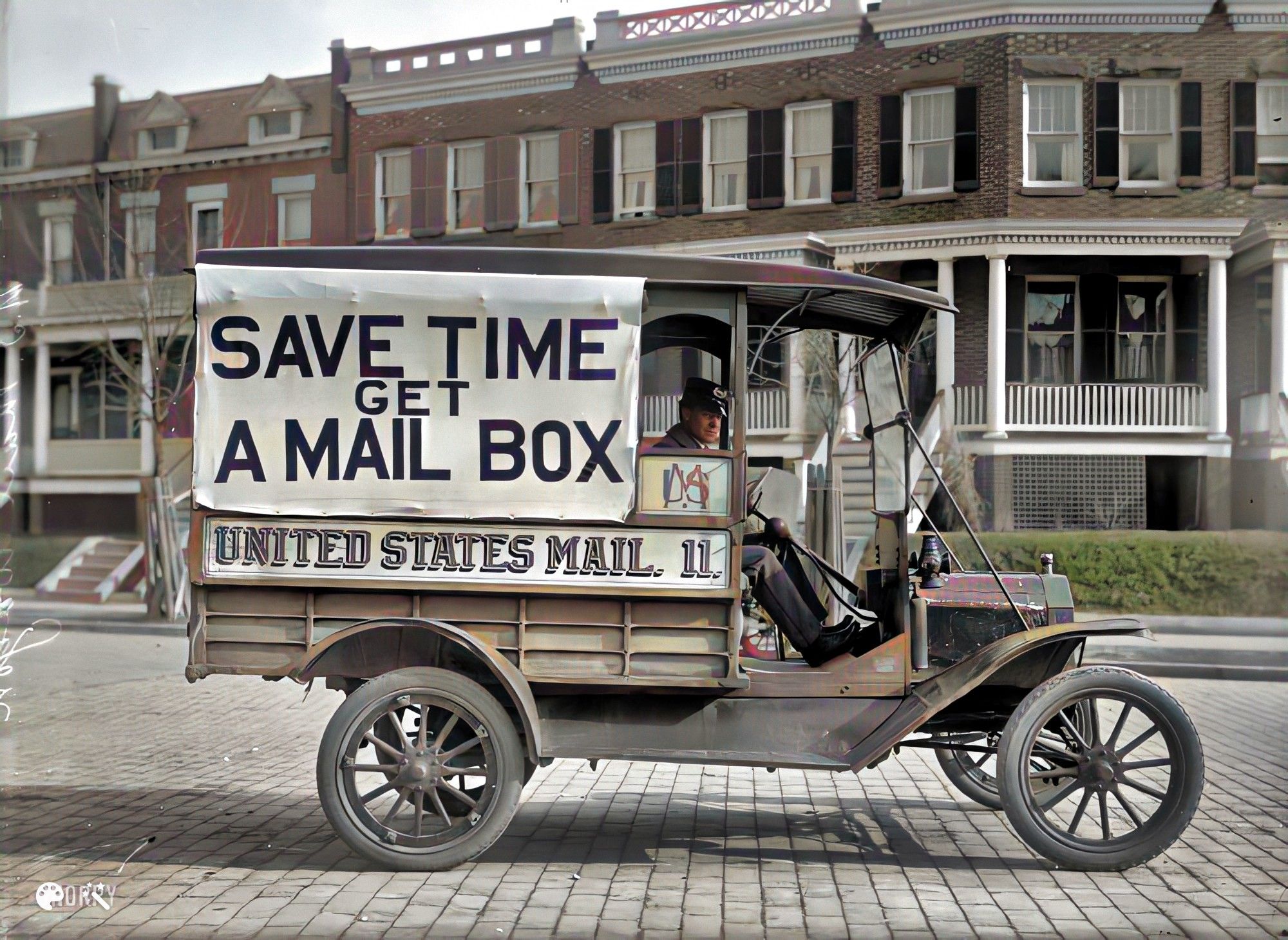When airmail began in 1918, airplanes were still a relatively new invention. Pilots flew in open cockpits in all kinds of weather, in planes later described as “a nervous collection of whistling wires, of linen stretched over wooden ribs, all attached to a wheezy, water-cooled engine.” A 1918 article titled “Practical Hints on Flying” advised pilots to “never forget that the engine may stop, and at all times keep this in mind.”
Pilots followed landmarks on the ground; in the fog, they flew blind. Unpredictable weather, unreliable equipment, and inexperience led to frequent crashes; 34 airmail pilots died from 1918 through 1927. Gradually, through trial and error and personal sacrifice, U.S. Air Mail Service employees developed reliable navigation aids and safety features for planes and pilots. They demonstrated that flight schedules could be safely maintained in all kinds of weather.
Then they created lighted airways and proved that night flying was possible. Once the Post Office Department had proven the viability of commercial flight, airmail service was turned over to private carriers, flying under contract with the Department. Before passenger service, revenue from airmail contracts sustained commercial airlines.
In 1918, the world’s first continuously operated airmail route left Washington, DC, from what is now West Potomac Park near the Tidal Basin. The route connected Washington, DC, with Philadelphia and New York. On the fortieth anniversary of this inaugural flight, a marker was placed to commemorate the flight (above). The pilot on the first flight got lost and crash-landed 25 miles away in Waldorf, Maryland.
The mail had to be trucked back to D.C. and loaded on another plane to fly out the next day. The plaque on the first airmail marker does not mention this blunder. Two other flights left later the same day and successfully made their journeys, officially launching the airmail service.
The Army initially flew the planes, but the post office took over four months later. While visiting the first airmail marker, don’t miss the view of the Washington Monument. Despite the modern surroundings, it is easy to imagine being there in the field as the first airmail plane took flight.

Sources and Related Links